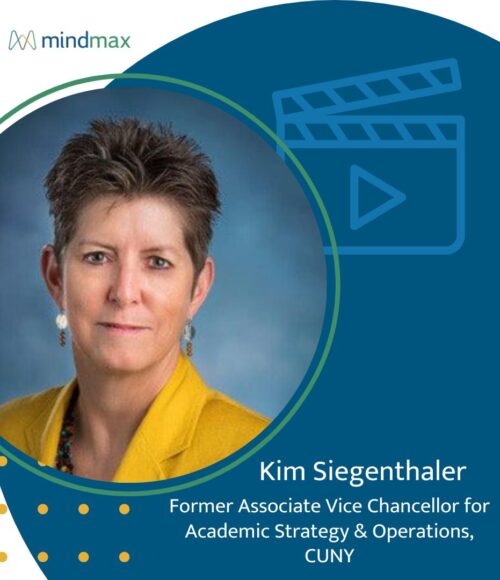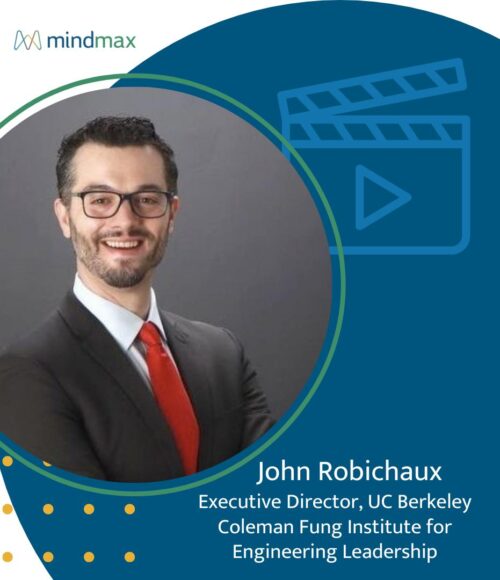Kim Siegenthaler Wants Higher Ed to Focus on Learner Pathways

Kim Siegenthaler Wants Higher Ed to Focus on Learner Pathways
Kim Siegenthaler, former Associate Vice Chancellor for Academic Strategy and Operations at CUNY, joins Lee Maxey to discuss how higher education can better connect with industry and government to support learner pathways. With 25 institutions under the CUNY umbrella, Siegenthaler emphasizes the importance of collaboration in building seamless transitions between credentials, degrees, and careers.
“If we can keep the learner in the forefront, and if we can lead every conversation with what is in the best interest of the learner, then we can better get out of our own way,” Siegenthaler says.
She highlights how CUNY’s partnerships with industries like healthcare ensure that students gain both academic knowledge and hands-on experience, helping them move efficiently into the workforce.
The conversation also explores the challenges of agility in academia, the evolving role of AI in course design, and the importance of breaking down barriers between traditional degrees and alternative credentials. Siegenthaler stresses that education leaders must focus on access and provide students with multiple pathways to success.
Watch the full conversation.
Participants:
– Lee Maxey, CEO, MindMax
– Kim Siegenthaler, former Associate Vice Chancellor for Academic Strategy and Operations, CUNY
Core Themes:
– Bridging the gap between higher education and industry partnerships.
– The necessity of flexible learning pathways for diverse student needs.
– The role of microcredentials in career mobility.
– Balancing academic integrity with the speed of business and workforce demands.
– AI’s emerging role in instructional design and curriculum development.
Key Concepts Covered:
– Bridging higher education and industry partnerships to create clear pathways from credentials to careers.
– Ensuring microcredentials provide real value by aligning with employer expectations and workforce needs.
– Credit for Prior Learning (CPL) as a strategy to help students transition between education and career opportunities.
– The challenge of agility in higher education, balancing academic rigor with the fast-paced demands of industry.
– AI as an emerging tool in course design, with potential benefits and concerns from faculty perspectives.
– The role of government and policy in shaping higher education, including funding, regulations, and accountability.
– A learner-centered approach to education, emphasizing access, flexibility, and personalized pathways.
– Overcoming institutional barriers to innovation, ensuring education remains adaptable to student and workforce needs.
Related Ideas
Jazz Jackson Wants to Help Every Student Finish What They Start

John Robichaux Wants Lifelong Learning to Drive Public Impact
